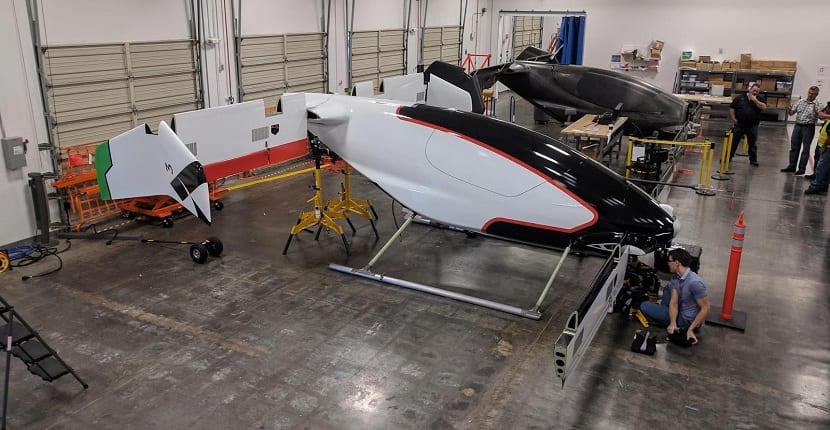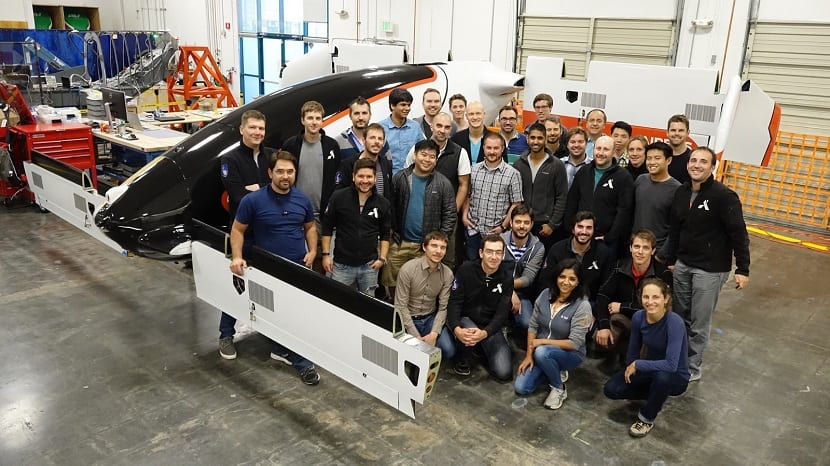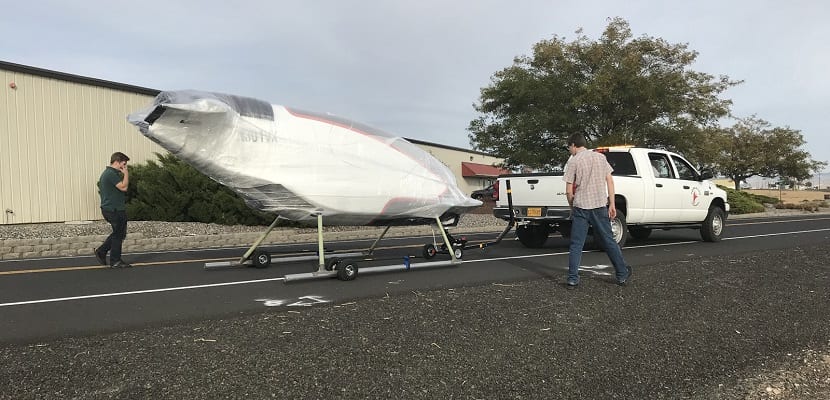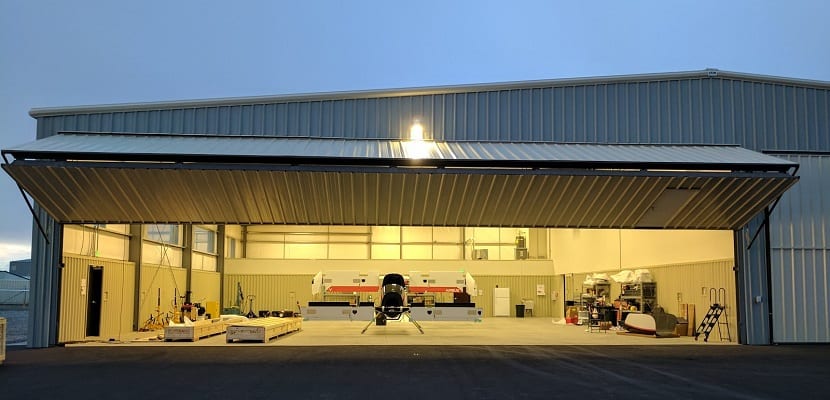
Airbus, a few months ago, confirmed all the rumors about the fact that part of its engineers were working on a new flying vehicle, that concept that many have called the long-term future of the cars that we know today and that would take us from one point to another, depending on the state of the traffic, batteries ... either flying or directly rolling on the asphalt all this, of course It is completely autonomous.
Just when Airbus, after many times without wanting to enter into a debate on whether or not they were working on a project of this type, finally decided to confirm its development, it was also announced that the company was going to start the first field tests of your prototype, officially baptized as VahanaWhat we didn't know is that the tests were going to start so soon.

What makes a vehicle like the Airbus Vahana so special?
To begin with, let me tell you that Airbus includes the development of this project within a select group of which little is known called A ^ 3. Regarding architecture and technical part, little or nothing is known about it, although we do know that it will work very similar to that of a helicopter It will be able to transport both people inside and any type of cargo from one point to another. At the moment, the landing and take-off zones will be located on the roofs of some buildings within the big cities worldwide.
This vehicle will have inside a seat for the pilot and another for the passenger. With this architecture, the use of electric motors and state-of-the-art batteries, the technology chosen to shape the project has not been specified, the Airbus Vahana will be able to offer 80 kilometers of autonomy, a distance that, due to its condition, you can travel much faster compared to a car. According to the press release, the project will be ready to go into production in 2020.

At the end of this year the first field tests will begin
At the moment, as reported by Airbus, apparently the first functional prototypes have already been transferred to the chosen stage as the testing ground. Specifically and from the official blog From the company you can see photographs of the team in charge of the design and construction of the Vahana demonstrating an interesting quality such as the fact that it can be disassembled and reassembled very easily, something that in turn has contributed to the fact that this peculiar helicopter has could be moved from site in a very simple way.
As it appears on the Airbus blog:
With this complete reassembly, the team took part in another important milestone: the installation of the high-voltage power system and motors that will lift Vahana on her first test flights.

In addition to the prototype itself, the engineers are working on the development of a test simulator
The team, in addition to the development of the prototype itself, is also working in parallel on the development of a test simulator flight with which to verify the characteristics of the aircraft. Thanks to this simulator, it will be possible to test the autonomous mode that will be offered in the future, something essential before the first tests of this new system are carried out at the end of this same year.
According to those responsible for the project in this regard:
These types of simulations help the team verify certain aspects of the aircraft, software and communications, while also allowing them to refine the screens for the operators.
Without a doubt, it seems that Airbus has finally decided that Vahana has to reach the market as soon as possible, something that could be transcendental for the economic interests of the company itself, especially if we take into account the enormous financial outlay they have had to make. do for the development of the project and that today there are many companies around the world working on similar projects.